48 hours without sleep, on their knees, drenched in blood - this is how Polish doctors worked during the Battle of Monte Cassino. They were capable of the greatest sacrifices. Their work was as demanding and dangerous as the soldiers in the battle line. Today you won't find songs about their achievements.
When planning an attack on German positions at Monte Cassino, the command of the 2nd Polish Corps expected heavy losses. The daily inflow of the wounded in the first phase of the fighting was estimated at 500 soldiers. In such a situation, the efficient and quick evacuation of the injured walkers was extremely important.
Poles had not previously conducted independent activities on such a large scale, in such difficult terrain. Despite this, the military health service headed by Col. Dr. Marian Dietrich and the chief surgeon, Brig. Gen. Bolesław Szarecki fulfilled her tasks brilliantly.
Red cross? Fire!
The medics suffered their first losses before the battle. A dressing point of the 5th Kresowa Infantry Division was located in the "Inferno" gorge. The whole complex consisted of 12 tents with, among others, admission rooms and operating theaters. Poles took them over from New Zealanders.
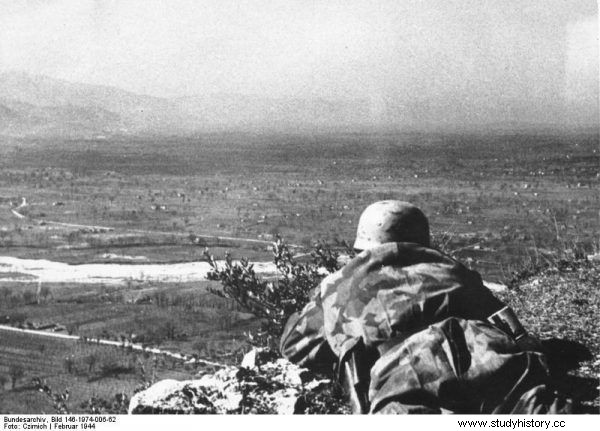
The defending German soldiers had an excellent view of the Allied positions in the valleys (photo Bundesarchiv, Bild 146-1974-006-62 / Czirnich / CC-BY-SA 3.0).
The location of the point was clearly visible from the top of Monte Cairo, where German artillery observers were deployed . It was hoped, however, that since the enemy already knew its location, it would not fire at it. In addition, the entire area around was lined with large sheets with Red Cross signs, which were perfectly visible from above. However, it happened otherwise…
May 8, around 17.30, German artillery fired at our dressing point . The missiles hit in the immediate vicinity of the emergency room tents. Doctor Julian Maj recalled:
At the entrance to the tent, a wounded soldier, who had just been brought in, was lying on a stretcher, and next to him, on the ground, a dying Lieutenant, MD, who was severely wounded in the head. Wincenty Napora (...) - on his legs the fallen body of Fr. chaplain Bolesław Huczyński, with his face turned to the ground, also with a piercing wound to his head. (…)
Further on in the second tent, with a similar head wound, the body of Lt. Adam Graber, and finally the bodies of Corporal Wincenty Girucio and paramedic Wacław Jaworski, and among the others - many wounded.
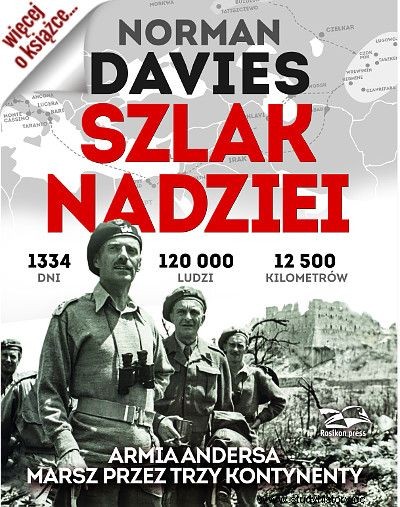
As a result of the shelling, 5 people were killed and 17 injured. After this incident, the point was moved a little further, to a safer place. It was no longer marked with a red cross, but covered with masking nets.
On the first line
The soldiers were trained to use individual dressings and, in the event of a minor wound, they could dress themselves. In addition, each infantry company consisted of four paramedics.
It is worth adding that before the first attack Poles received 2.5 thousand. tubes of American morphine . It was a kind of disposable syringe-container with a strong painkiller inside. Thanks to this it could be applied to a wounded person even in the first line of fights under enemy fire .
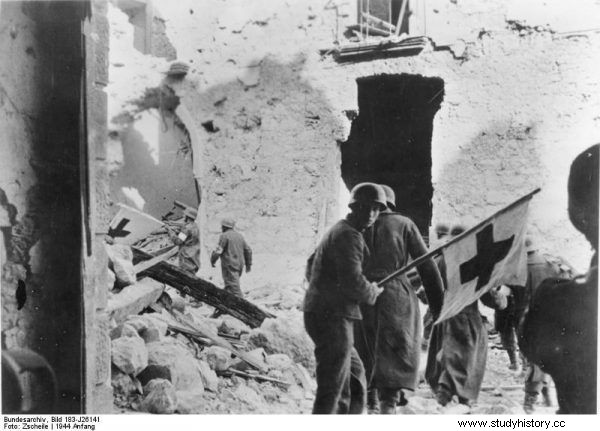
The Germans did not respect the sign of the Red Cross, but they themselves hoped to protect them (photo Bundesarchiv, Bild 183-J26141 / Zscheile / CC-BY-SA 3.0).
The paramedics showed great devotion, amid the whistling bullets and flying debris rockeries were combing the battlefield, looking for their wounded colleagues. The paramedic gunner Brzeziński treated 593 Polish soldiers on the slope of the hill . Lest they were killed, he dragged them away and buried them in various holes awaiting evacuation. He saved everyone's lives in this way.
On the Widmo hill, a paramedic senior gunner Falbowski applied as many as 50 dressings, his hands literally fainted from work. Another paramedic, Radziszewski, naked to the waist was running like crazy among the injured . After all the bandages had been worn off, he would bandage them with scraps of his own shirt. For their achievements, Brzeziński and Radziszewski were awarded the Virtuti Militari orders.

Were it not for the sacrifice of the paramedics, the poppies in Monte Cassino would have drunk much more Polish blood (photo:public domain).
Relay for life
The frontline infantry battalions supported the Battalion Dressing Points (BPO), from where the wounded were evacuated to the Forward Dressing Point (WPO). Then the injured were transported to the Main Dressing Point (GPO), and then to field hospitals.
The time of evacuation of the wounded to the rear, depending on the location of the BPO, was to be from 1 to 4 hours. The most difficult route was from the BPO of the 3rd Carpathian Division, located in the legendary "Doctor's House", to the WPO at the foot of Colle Maiola and Monte Castellone.
The difference in altitude in this case was 400 m, and the length of the route, under heavy shelling, was 2,200 m. 180 stretchers were designated for the evacuation of the wounded in this section. They were placed in shelters, 8-12 each, about every 150 m. The injured were moved in stages from one such station to another, replacing only the loaded stretcher with an empty one. Our team called this evacuation system a relay race.

Polish soldiers on a hill called "Specter" (photo:public domain).
First assault
May 12 at 1.00, when the soldiers of the 2nd Corps launched their assault, the dressing points began receiving the first wounded almost immediately. General Szarecki arrived at the GPO in the "Inferno" gorge. This 68-year-old surgeon, ignoring British regulations, operated on wounded walkers continuously for almost two days . A total of 447 wounded people passed through the primary dressing point of 5 KDP during that time.
The "Doctor's House", which housed the BPO of the Carpathian Division, was only 250 m from the first line and it was clearly visible from the monastery hill. His safety was also guarded by the flags of the Red Cross, but he was shot several times by German artillery. During the first attack, Dr. Edmund Gaweł from the 2nd Carpathian Rifle Battalion resided there.
In the BPO of the 1st Battalion, located below the "Doctor's House" in the so-called "Big Miska" was used by 2nd Lt. bow. dr Adam Majewski. This is what he recalled years later:
I was kneeling down. (…) I was covered in blood all over the place . Amid the damning groans of suffering or dying people, I made mechanical movements to expose, view and bandage wounds. There was not enough iodine. We injected morphine and serum, wrapped the wounds, put people on a stretcher and sent them on. (…)
When my legs were cramped from kneeling, I would sit and work while sitting. I couldn't stand, because the bunker was low, and besides, the wounded were lying on the ground. Apparently, by two in the morning more than a hundred wounded, and perhaps more, passed through our hands.
No respite
The injured who passed through the dressing points were transported to Polish field hospitals. One of them was the 3rd Sanitary Evacuation Center in Venafro. The first victims started arriving there around 10.00 May 12.
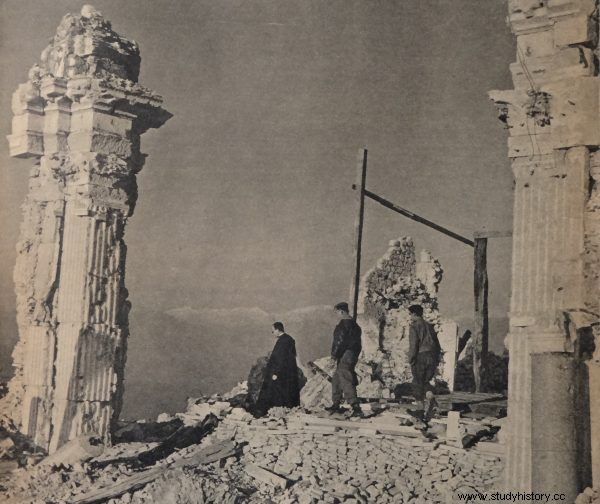
The degree of ruin of the monastery in Monte Cassino shows well how fierce the fights were fought there (photo:public domain).
A total of 303 patients were admitted that day, including 83 in a serious condition. To cope with such a heavy load, four teams of surgeons worked non-stop saving human life. In total, around 1,200 wounded people passed through Polish hospitals on May 12 and 13 .
An interesting fact is that a significant part of the Polish medical personnel was of Jewish origin especially doctors. As Norman Davies wrote in his book The Trail of Hope. Anders' Army. March across three continents ": it is hardly surprising given that before the war, Jews constituted a large part of the medical profession .
Remarkable effectiveness
The scale of the undertaking, which was the medical support of the combat operations of the Second Corps, is proved by the numbers. From May 14 to 19, 556 wounded and 73 sick people passed through the dressing points of the 5th Kresowa Infantry Division . A total of 1,050 wounded and 257 sick people were evacuated from the GPO of the 3rd Carpathian Rifle Division from 12 to 19 May .
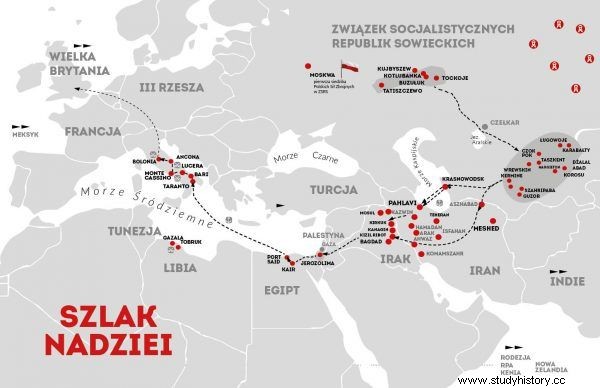
Polish soldiers went a long way to get to Monte Cassino (illustration from Norman Davies' book "The Trail of Hope").
It is worth quoting some statistics to emphasize the high artistry of the military health service personnel at the time. The Polish hospital in Venafro between May 1 and 30, 1944, admitted 1,061 wounded, including 296 in a serious condition, and 293 patients . At that time, 438 surgical procedures and 197 transfusions were performed. During the Battle of Monte Cassino out of all the wounded hospitalized there, only four died!
For comparison, according to the research of the European Society of Anesthesiology and the European Society of Intensive Care, conducted in April 2011, the percentage of postoperative deaths in Polish hospitals in this period was 17.9%! Let us leave this without a comment.
